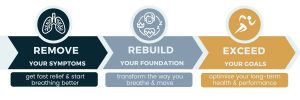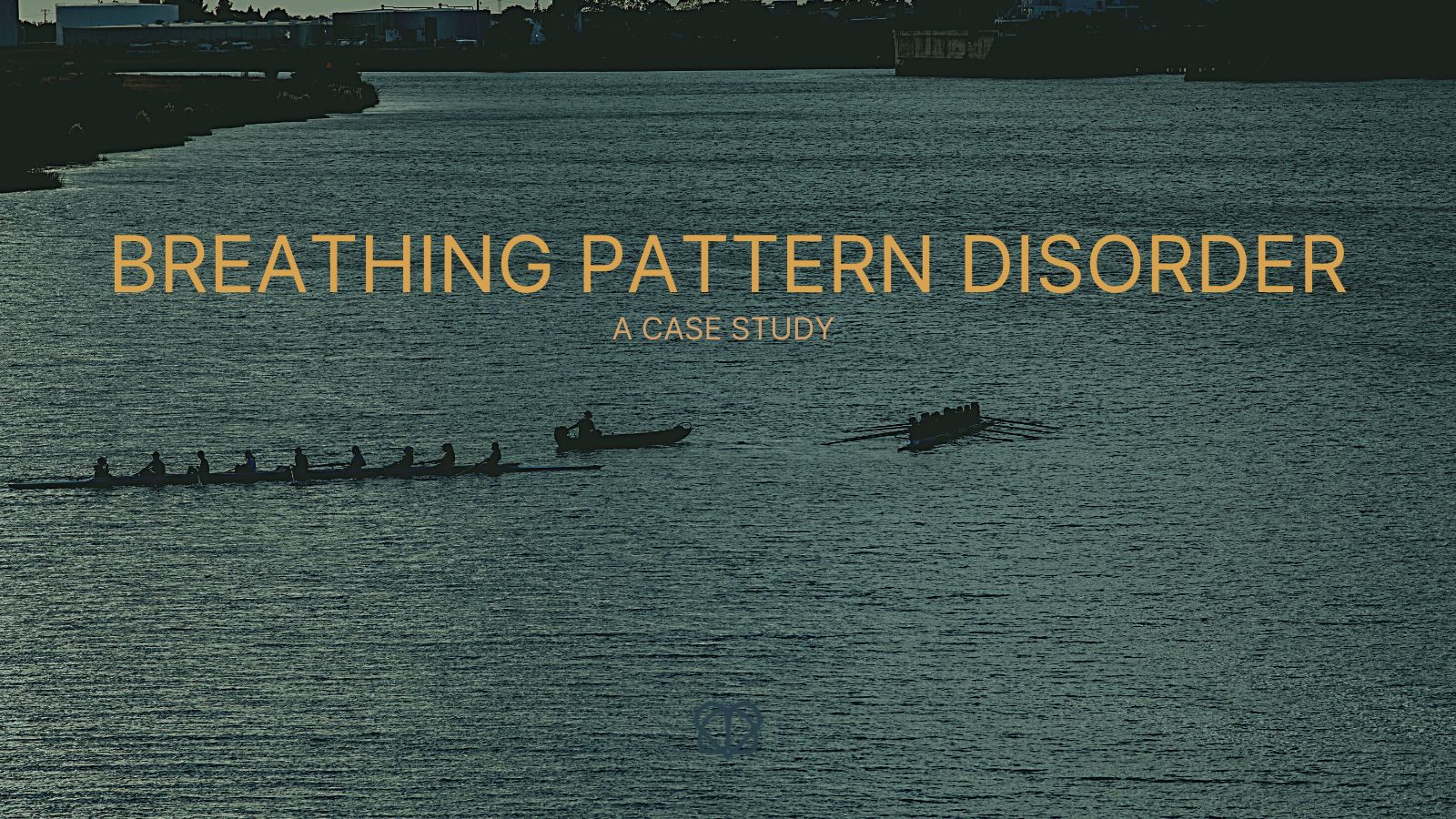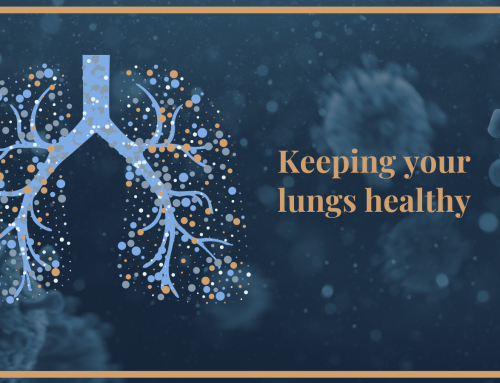Sometimes the natural rhythm of our breathing can become disrupted. This is known as a breathing pattern disorder (BPD). But what does this actually look like? And how can it be treated? This case study of a patient we treated shows how the process works and the difference it can make.
The patient
Patient X was a 16 year old student, an ambitious athlete aiming to qualify for his country in his chosen sport of rowing. X had increased his level of training to maximise his chances of qualifying, but in so doing, noticed that he was experiencing both an inspiratory and expiratory wheeze, and felt that his throat was narrowing when he was working at a high intensity and a high heart rate.
X continued with both land-based and water-based training despite these symptoms, but found his training was becoming increasingly limited by the wheeze. He felt like he couldn’t get enough oxygen and was unable to train to his maximum ability.
Otherwise healthy, X had visited a consultant before he came to Air Physiotherapy who confirmed that everything else was in order and sent him for an exercise test where the heart & lungs are monitored. This test assesses how the body reacts to movement. In some cases it may be assumed that EILO is at play when a patient presents with these symptoms but this was ruled out for X.
The process
We conducted a breathing pattern assessment, in X’s case on a treadmill, to assess how he was breathing when undertaking an activity.
Our respiratory physiotherapist established that X had a breathing pattern disorder. He wasn’t breathing enough, he was breathing from the top of his chest and his breathing was very shallow. To treat it, he would need breathing pattern re-education.
Frequently when we treat patients who have disordered breathing when they are exercising, we need to strip their breathing right back to see how they are breathing when they are still. We start with what is manageable and then build the treatment up with more rigorous activity as the patient progresses.
The treatment
X was taught breathing control. We worked out that the most effective way for X to be able to see/feel what was happening was to have someone’s hands on his ribs, so we taught his mother how to help him.
We also tried different positions to see what worked best for him, and we established that he needed to breathe with an expiratory pause – breathe out more slowly. He also needed to do spot checks throughout the day where he would just take a moment to ask himself how he was breathing at that time, aim to fix it and then move on. He was very fit, picked things up very quickly and had great body awareness so he was able to perform this easily very quickly.
X was also quite tight and stiff across his neck and shoulders which can create a feeling of tightness in the throat, so we also included some stretching within his treatment.
He made good progress to the point where when exercising on a treadmill his breathing was much improved but he was still struggling with his rowing. Our physiotherapist then needed to drill down further, looking specifically at the demands of rowing and gaining a deeper understanding of the 4 different phases of a rowing stroke. By demonstrating exactly how he performed each stroke we could see that as he entered into the ‘drive’ part of the rowing stroke (where you pull back) he was not only holding his breath but he was tightening so much through his core that he was physically unable to take the breath in.
We needed to work on how to relax his core enough to breathe but maintain enough hold to stabilise his body as he went to his maximum level of intensity.
The results
X brought in a video of him rowing after the first stages of treatment and the improvement was very clear. He was much more relaxed around his ribs and was demonstrating much more balance of strength in the core but with enough give to let the diaphragm move.
He went away with a clear plan to practice his breathing away from rowing to reinforce good breathing patterns. He also needed to be aware of thinking about how well he was breathing and to check himself if he felt any return of symptoms. Continuing with the stretches would also be beneficial to help keep his muscles relaxed.
The patient was discharged having achieved a level where he was no longer thinking and aware of his breathing and feeling like it wasn’t ‘right’, but where he knew what action to take if he did feel symptoms were returning.
The Air Physiotherapy difference
- Full treatment – including stretching, respiratory physiotherapy and exploring psychological barriers that may be affecting your breathing enough to cause breathing pattern disorder
- Truly bespoke service – personalised 1-2-1 that looks at your individual circumstances, what you are aiming to achieve and the exact treatment required to get there
- Step-wise approach to better breathing






